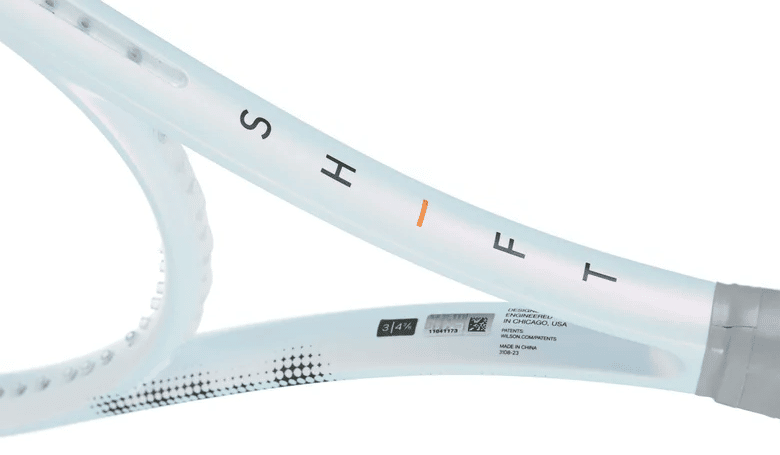Presentation
When switching on the device, we are shown the introductory screen where we can set the racquet and string data to allow the software to perform a correct calibration as a function of the following parameters:
- String: where we can choose among
- Poly-Kevlar
- Soft Poly
- Synt-Gut
- Multifeel
- Natural Gut
- Hybrid Poly-Multi
- Hybrid Poly-Nat Gut
- Hybrid Multi-Nat Gut
- Manual
- Gauge: where the string gauge has to be set (in case of hybrids the average of the two string gauges has to be set)
- Head Size: where the head size has to be set
- DKG_fk: a correction factor to be applied depending on the type of stringing machine used
- CHDT_fk: where the type of racket pattern is indicated
- Narrow (18×20 and similar)
- Normal (16×19 and similar)
- Large (16×15 and similar)
- CHDT_fk: a correction factor on the ERT data.
The second page gives us what any tennis player always wanted: the string tension in KG and LB.
The third page shows the dynamic tension in emulation with the ERT data.
The fourth page is, in our opinion, the most important. It shows the vibration frequency. This is where it all starts. Both the values in KG or LB and the ERT data are obtained by algorithms based on measured Vibration Frequency data and the values that are set in the first page. In other words, it means that if we set incorrect values in the first page, it is certain that the KG or ERT values will be wrong. It is important to understand that, even if we set the first-page values correctly, the KG/ERT values could be inaccurate as they are derived from mathematical formulae (although in most cases they are really accurate). On the other hand, the vibration frequency is always correct as it is the original data from which everything starts. This is the case as this data is independent of the first-page values.
The fifth page offers the measure of the dynamic stiffness of the frame, a datum that at the moment can only be obtained from Babolat’s expensive RDC (which, however, is able to detect the static stiffness). Although it is not a customizable feature, it is still very interesting to know the real stiffness of your (or your customers’) frames. One detail must be underlined. The detection of dynamic stiffness of the frame is, in our opinion, a more important datum than the static one, as it is related to the vibration of the frame and detects the feeling of impact in the hand. In order to standardize the data, the presented value simulates the static stiffness but says something more in these terms.
The sixth page allows one to send the data to another device via Bluetooth and to a related app to be downloaded, but it’s a feature that definitely needs to be improved.
The seventh and last page is a settings page not to be touched except in case of serious problems, and only under the direct supervision of Pro-T-One customer service.













